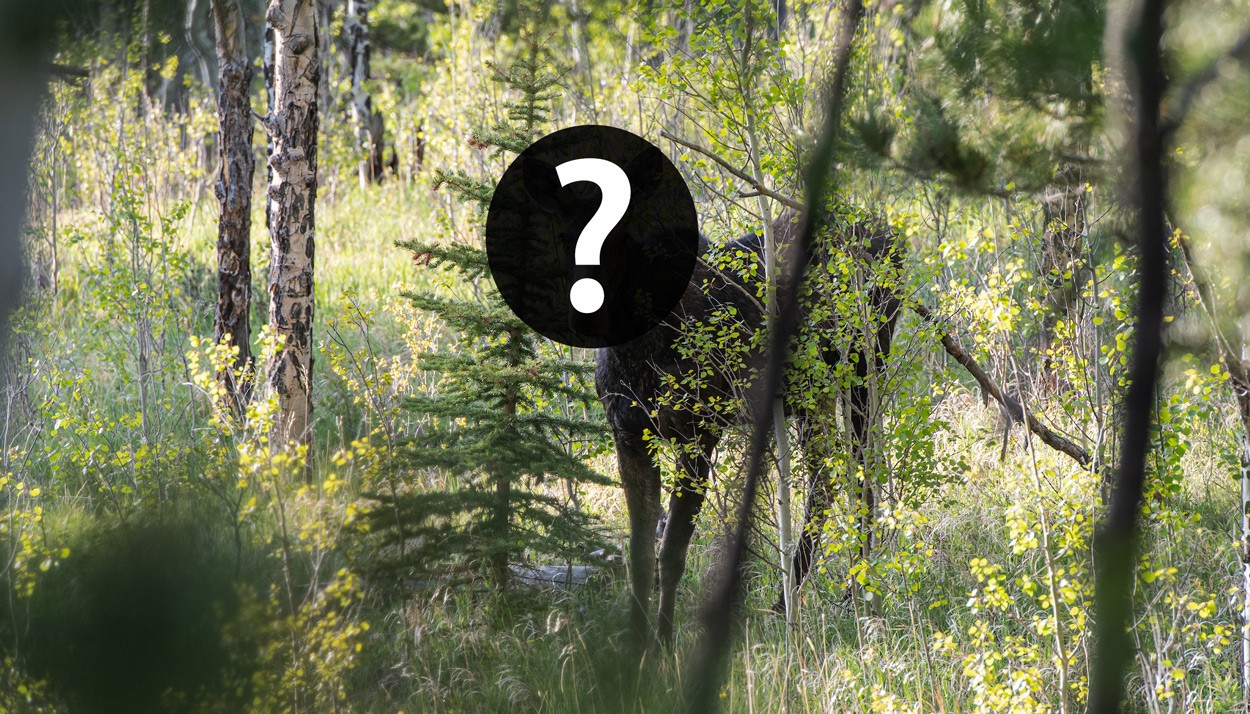Moose are significantly larger than elk, a crucial distinction for hunters. Mistaking one for the other can have serious consequences. This guide will detail the key differences in size, color, antlers, and head shape to help you accurately identify these magnificent creatures.
With growing moose populations, particularly young bulls, sharing habitats with elk, proper identification is paramount for hunters. Colorado Parks and Wildlife stresses the importance of knowing your target before taking a shot. This article will highlight the critical differences between moose and elk to ensure a safe and ethical hunting experience.
Key Differences Between Moose and Elk
Several distinct features differentiate moose from elk, making accurate identification possible even at a distance. Understanding these characteristics is vital for responsible hunting.
Size Comparison: Moose vs. Elk
The most obvious difference is size. Moose are the largest land mammals in North America, dwarfing elk.
- Moose: Bull moose can stand 6 to 7 feet tall at the shoulder and weigh over 1,000 pounds.
- Elk: Bull elk are considerably smaller, averaging 4 to 5 feet tall at the shoulder and weighing around 600 pounds.
Imagine a full-grown elk standing next to a moose. The moose would tower over it, appearing almost twice as tall and significantly heavier. This dramatic size difference is the first and most striking clue for identification.
Color Variations: Distinguishing Coats
Coloration provides another crucial visual cue.
- Moose: Possess a dark brown to black coat.
- Elk: Exhibit a lighter, reddish-brown coat with a distinctive light-colored rump patch. This patch is absent in moose.
The contrasting coat colors, especially the elk’s light rump, offer a clear visual distinction, aiding in quick and accurate identification.
Antler and Head Shape: Telling Features
Antler structure and head shape provide further distinguishing characteristics, particularly in males.
- Moose Antlers: Grow outward from the sides of the head in a broad, palmate shape, resembling a hand with outstretched fingers.
- Elk Antlers: Sweep backward from the head with pointed tines branching from a main beam.
Beyond antlers:
- Moose: Have a long, pendulous muzzle and a distinctive flap of skin called a “bell” or “dewlap” hanging beneath the chin.
- Elk: Feature a shorter, more pointed muzzle without a bell.
Even without antlers, the difference in head shape, particularly the muzzle and the presence or absence of the bell, allows for clear differentiation between moose and elk.
Importance of Proper Identification
Mistaking a moose for an elk can lead to illegal harvesting and serious penalties. Always take the time to positively identify your target before shooting. If you are unsure, do not shoot.
What to Do if a Mistake Happens
If you accidentally harvest the wrong animal, immediately contact your local Colorado Parks and Wildlife office. Honesty and swift reporting are crucial.
Conclusion: Know Your Target
Hunting ethically and legally requires knowing your target. By understanding the key differences between moose and elk—size, color, antlers, and head shape—you can confidently and responsibly enjoy your hunting experience. Remember, when in doubt, don’t shoot.
